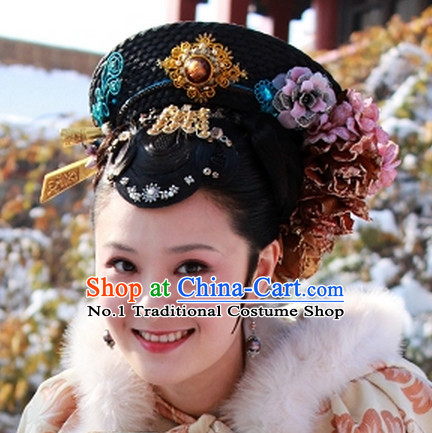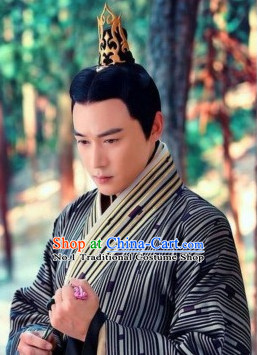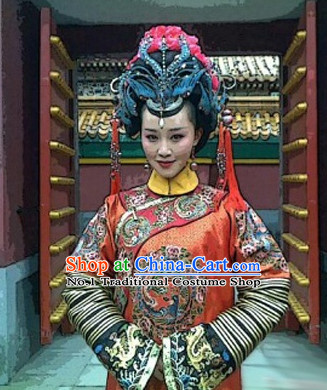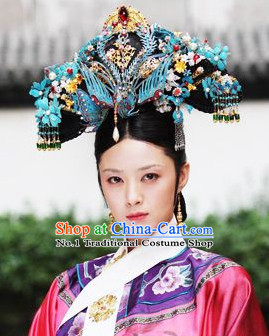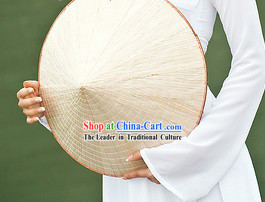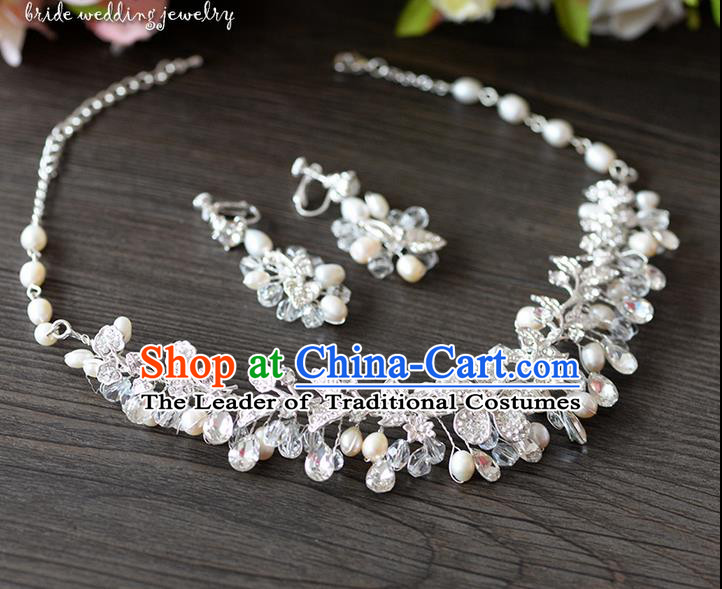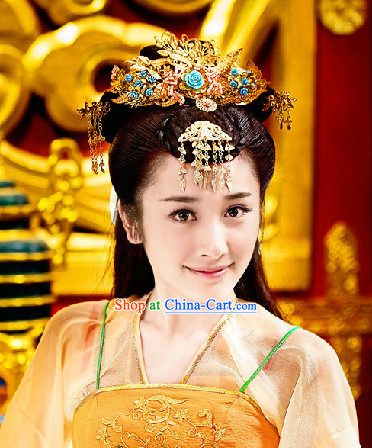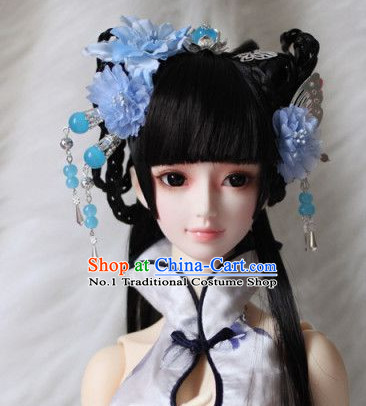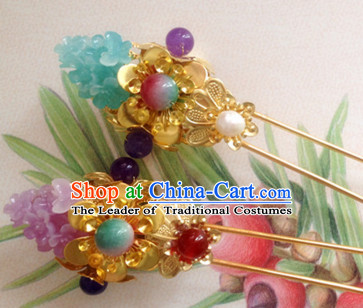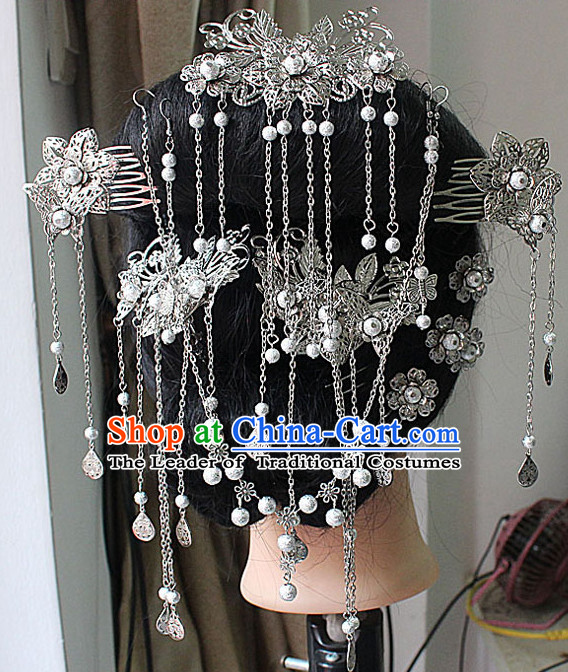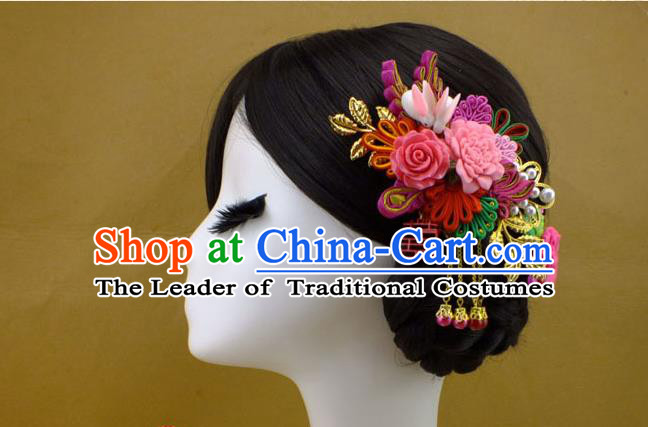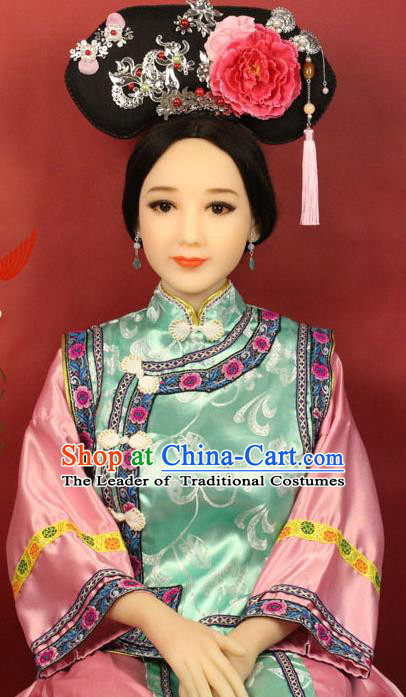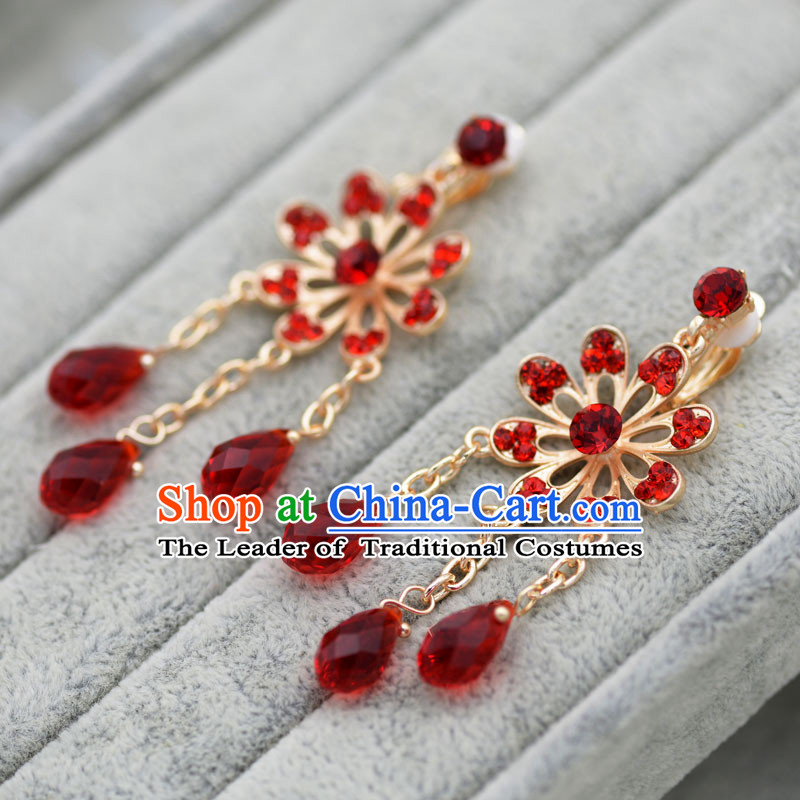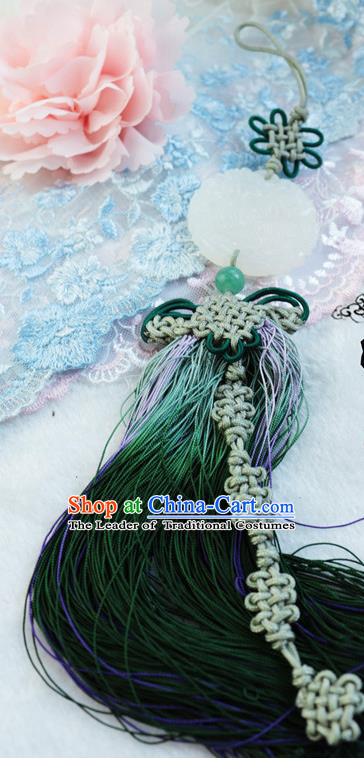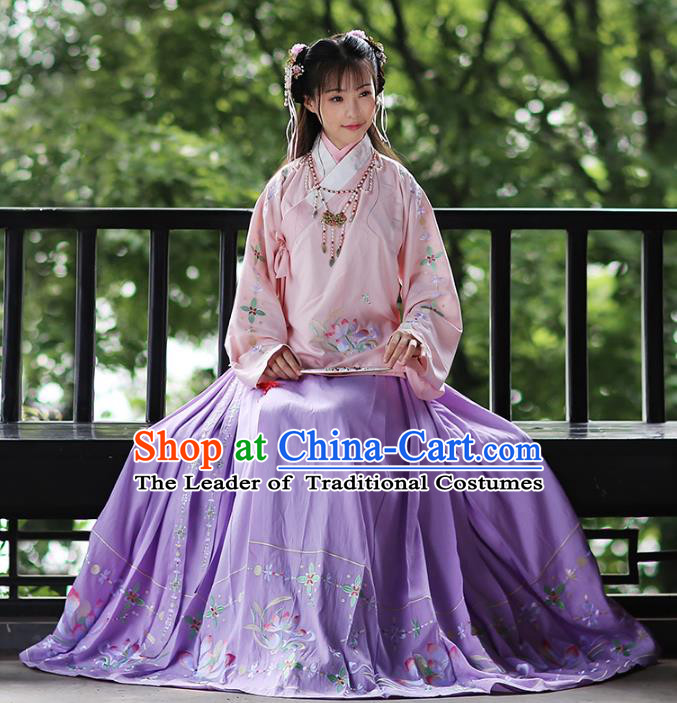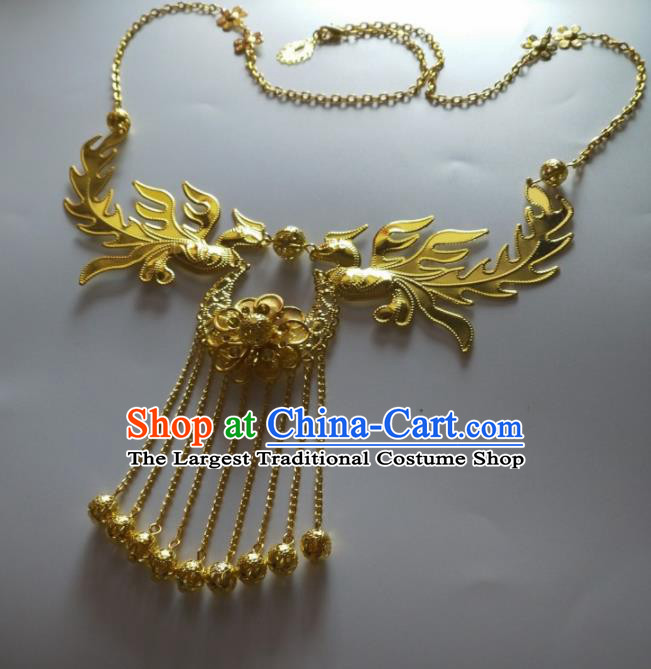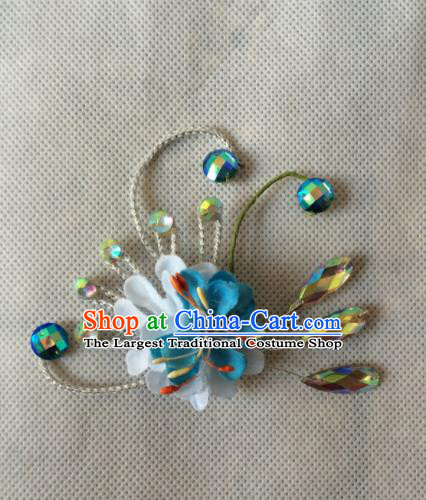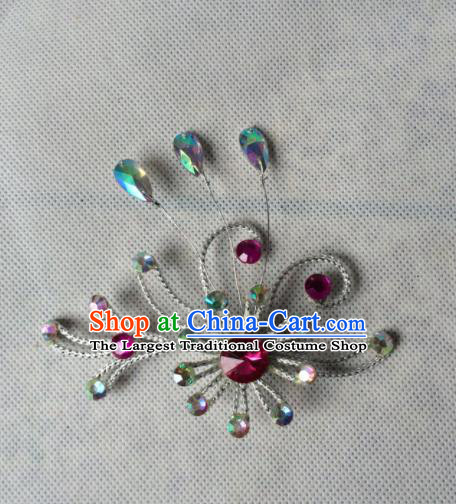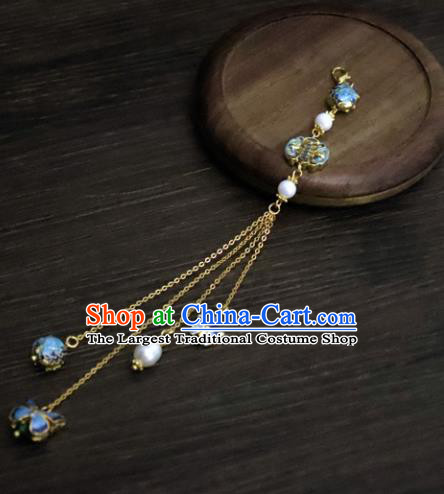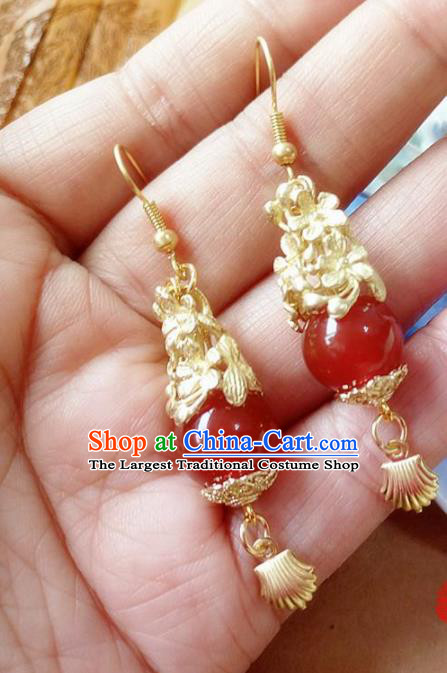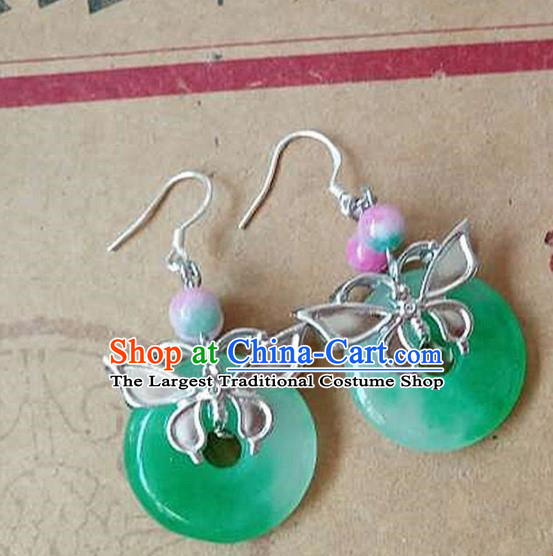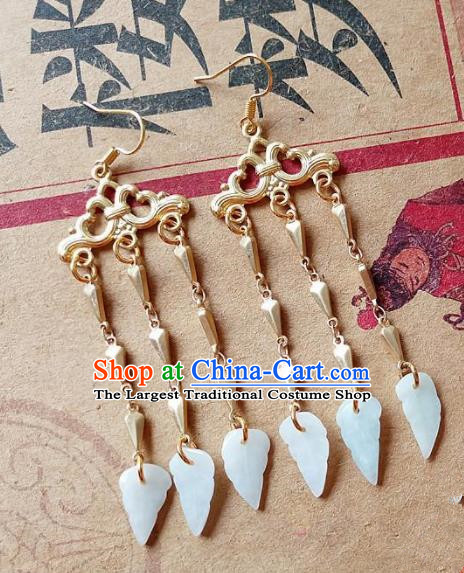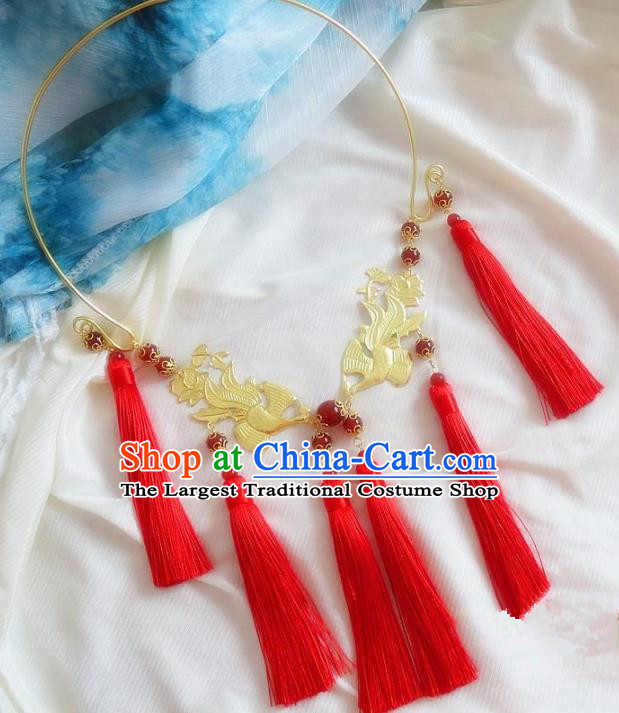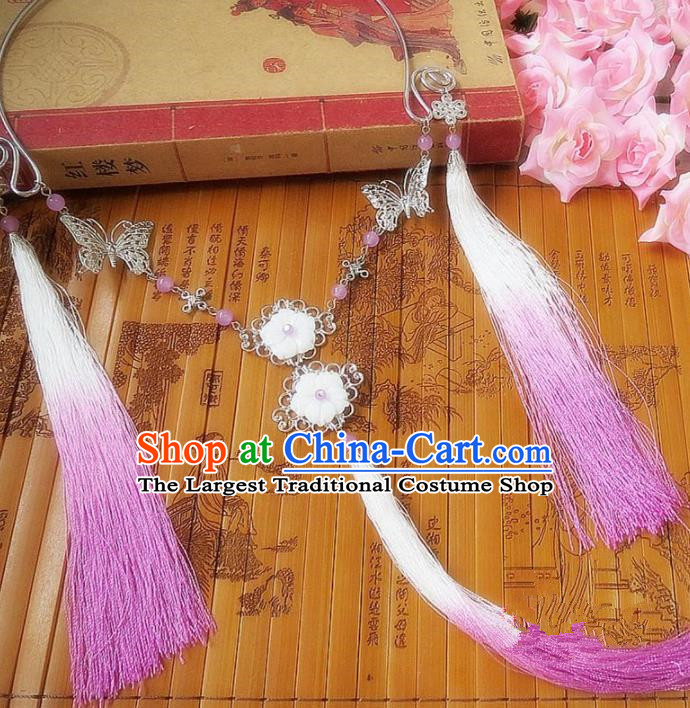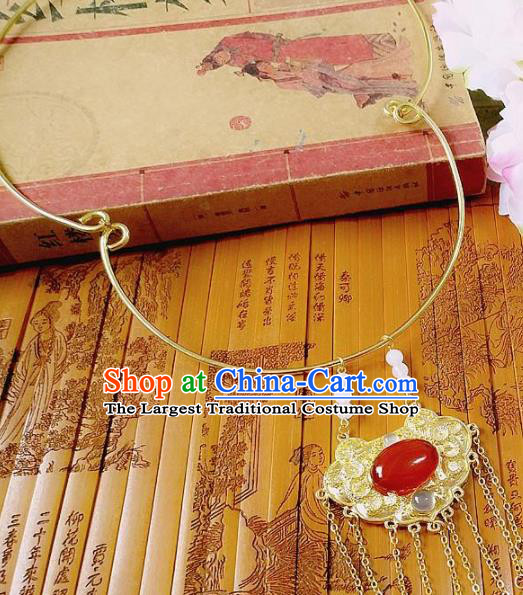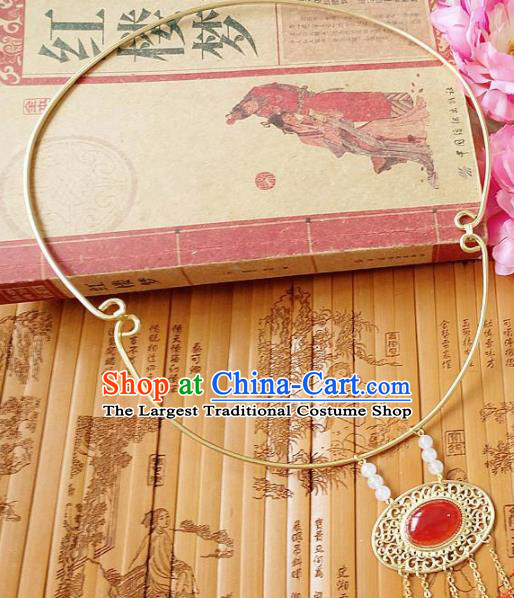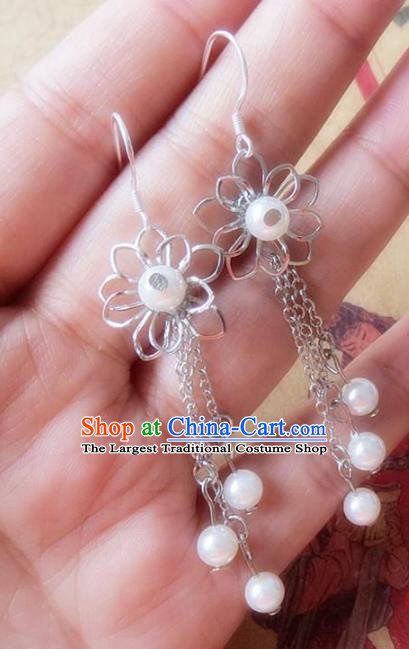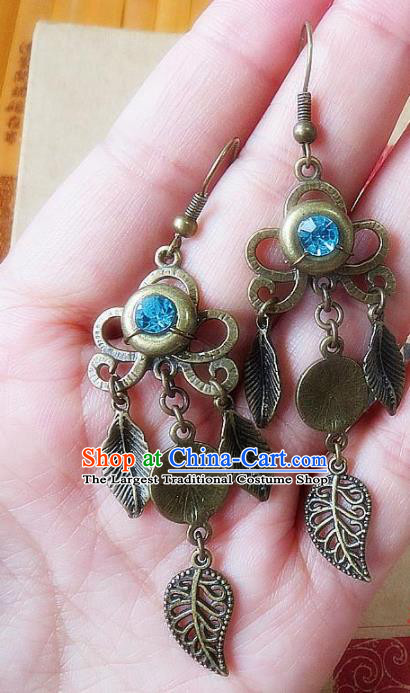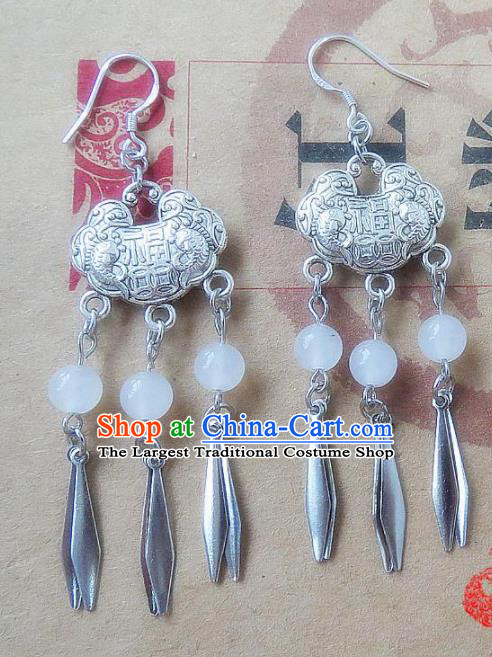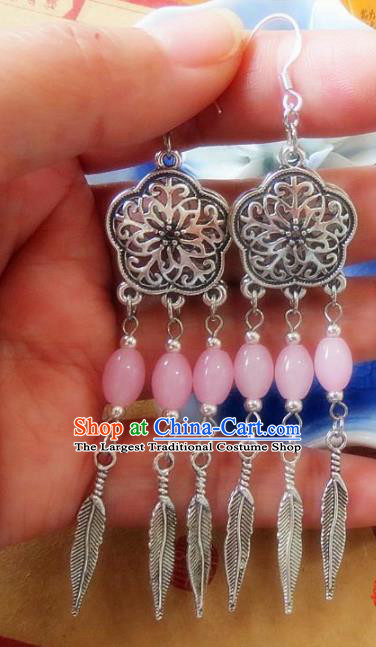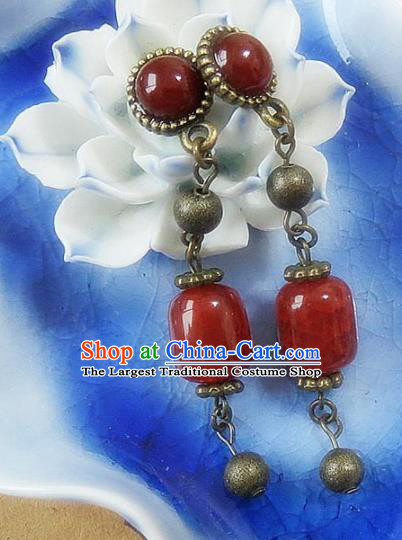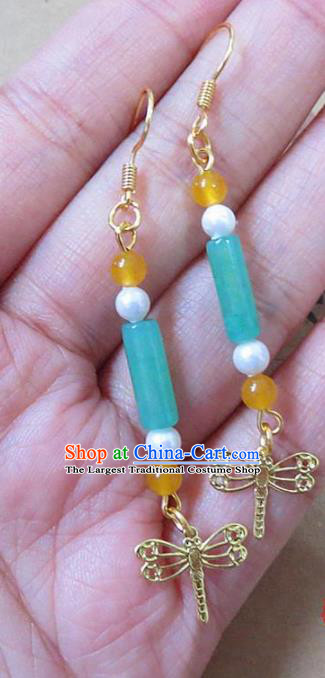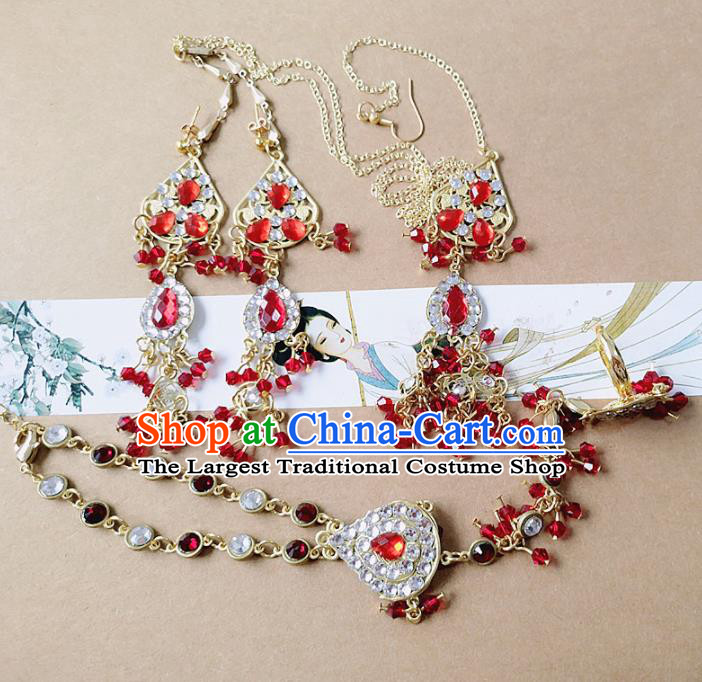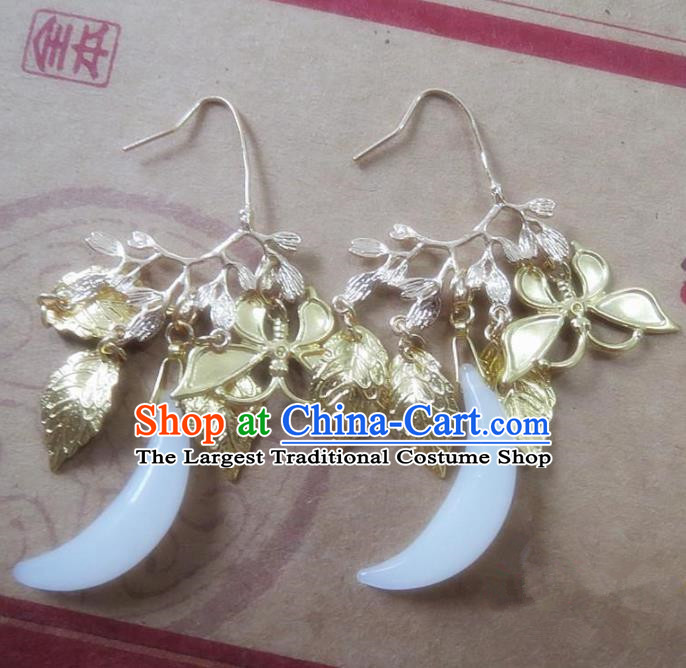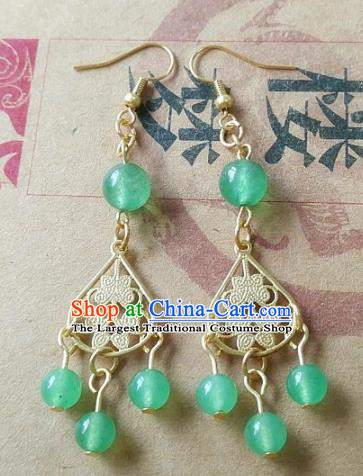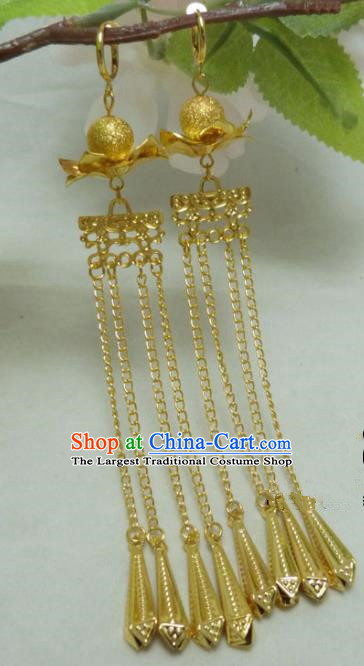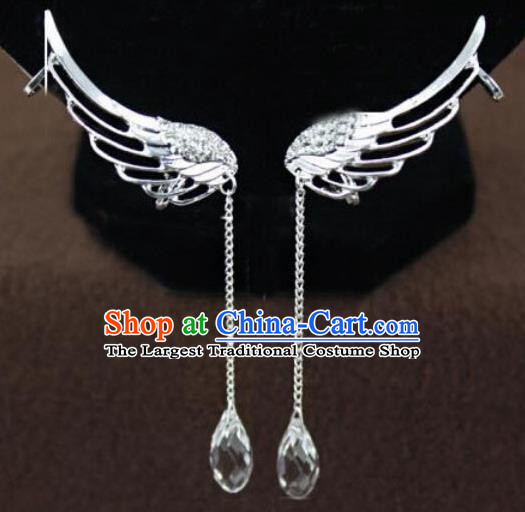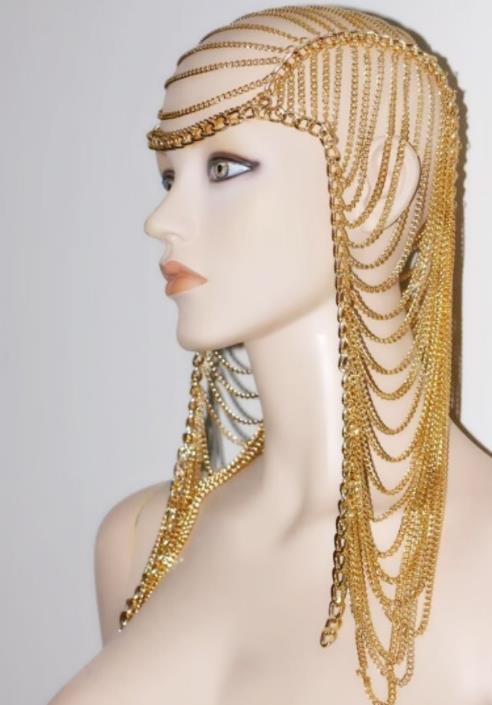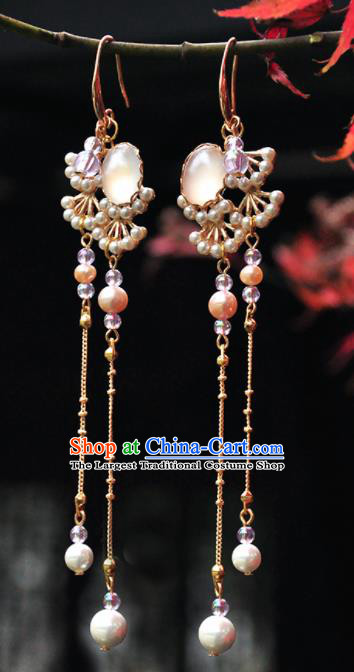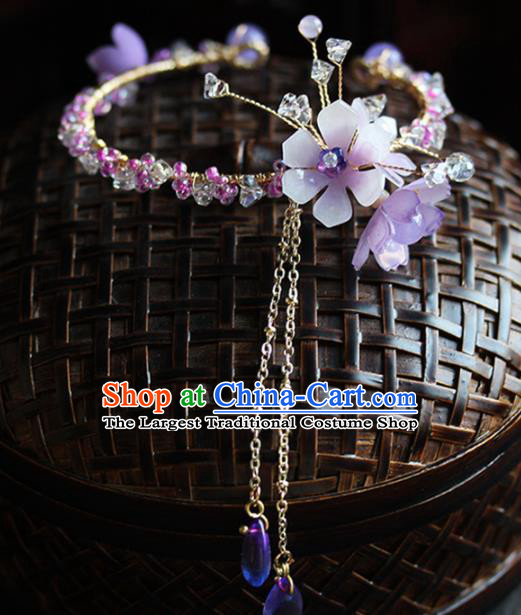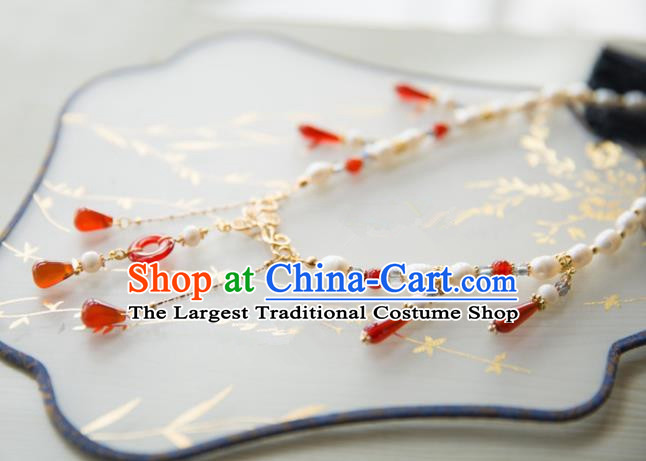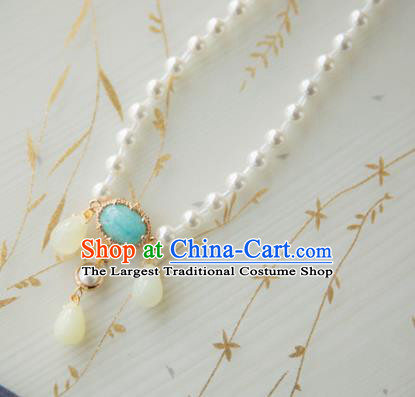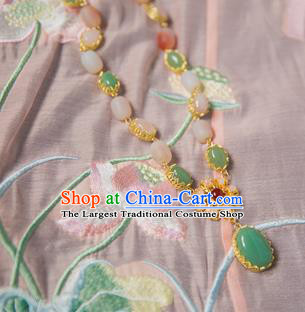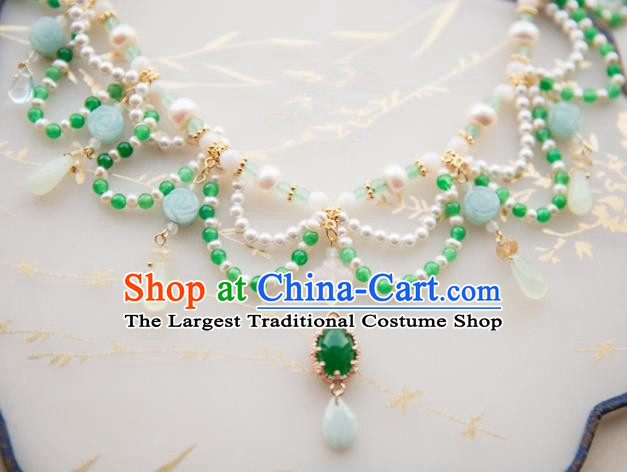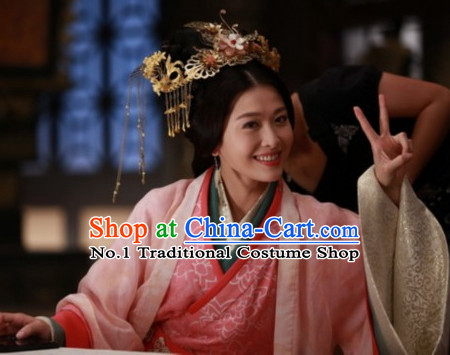
Click Related Pictures for More Audios:
In ancient China, the jewelry and accessories of princesses were symbols of their status and position.
These exquisite items represented the wealth, power, and elegance of the royal family, reflecting the cultural values and aesthetics of the time.
In ancient China, women's status was relatively low, so they were usually confined to the domestic environment and could not participate in political or economic activities.
However, they could still gain respect and recognition by displaying their beauty and elegance.
The jewelry and accessories of ancient Chinese princesses were usually made of gold, silver, gems, and other precious materials.
The most famous among them is the golden hairpin, which was one of the main hairstyle decorations for ancient Chinese women.
The golden hairpin was usually made of metal and came in various shapes such as long strips, circles, and ovals.
They could be worn alone or with other jewelry to enhance the overall sense of luxury.
In addition to hairpins, there were other types of jewelry and accessories such as earrings, necklaces, bracelets, rings, etc.
These items often had unique designs and craftsmanship, reflecting the creativity and technical level of the artists of the time.
In ancient Chinese culture, jewelry and accessories also had important symbolic meanings.
For example, gold was considered a symbol of good fortune and prosperity, so many princesses' jewelry was gold-colored.
In addition, some jewelry had special meanings, such as the pattern of dragon and phoenix representing the authority and glory of the royal family.
These symbolic meanings made the jewelry and accessories of ancient Chinese princesses more than just beautiful decorations; they were also symbols of power and status.
